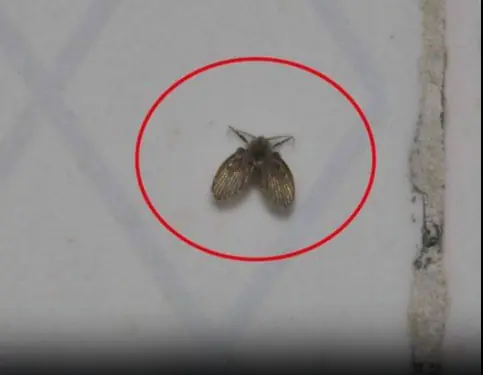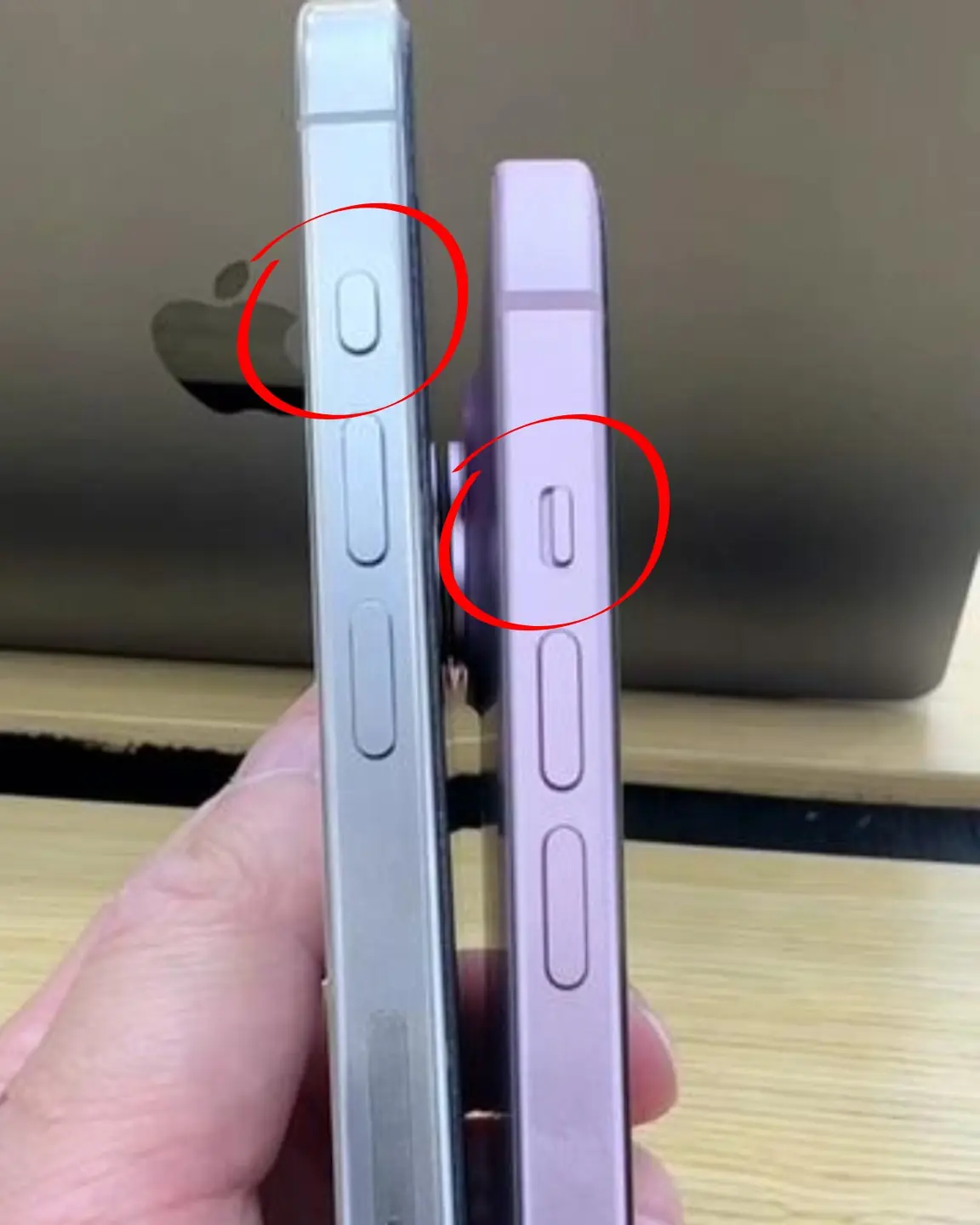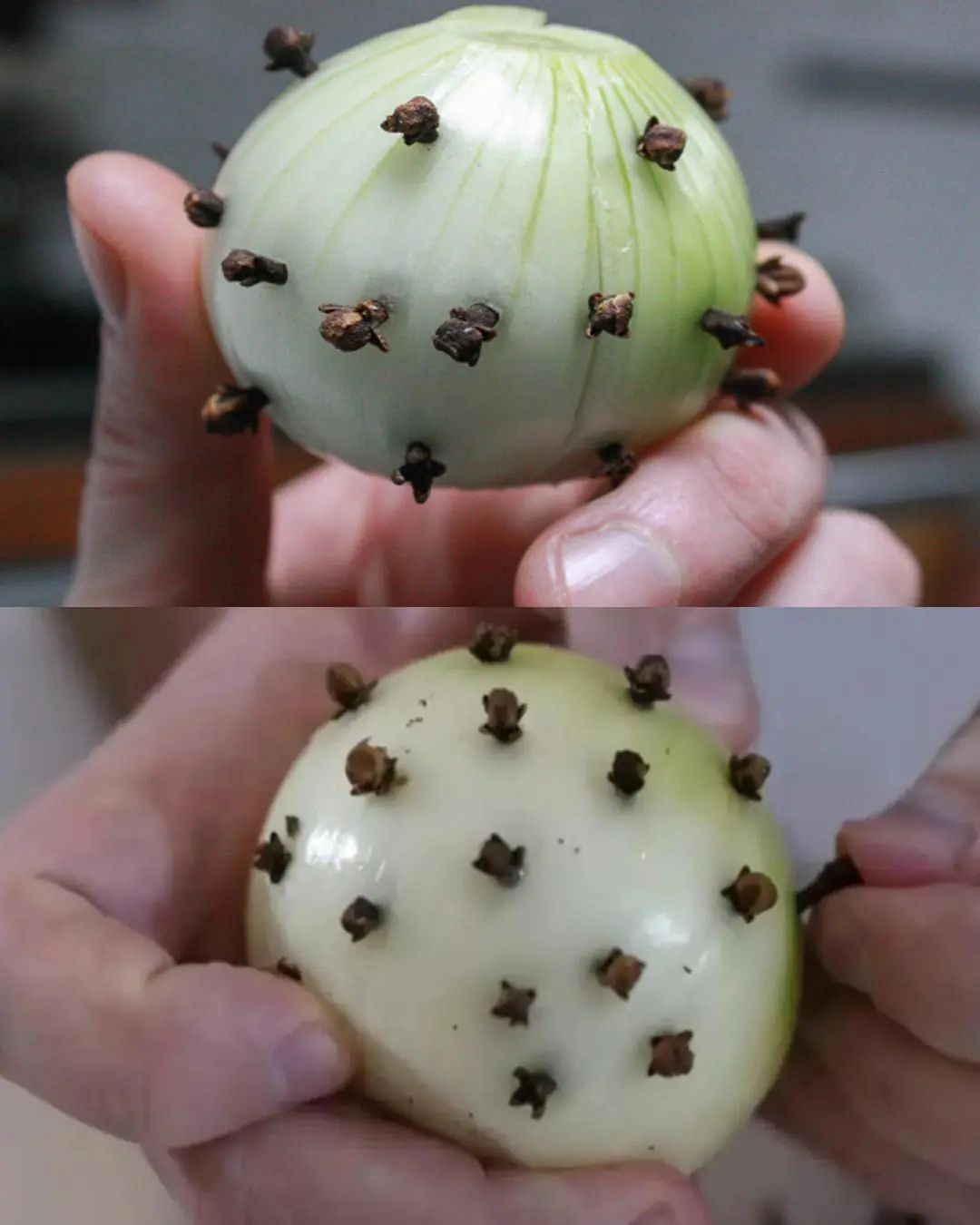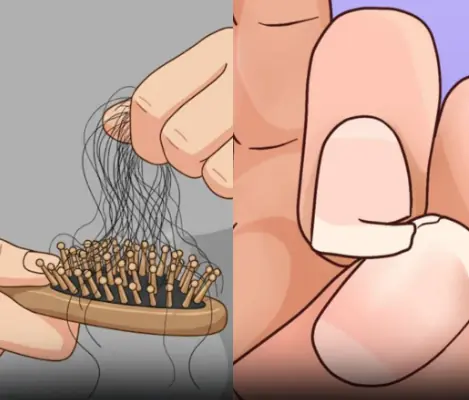
Is It Safe to Place Items on Top of a Microwave? An Important Issue Many People Overlook
Is It Safe to Place Items on Top of a Microwave? An Important Issue Many People Overlook
Using a microwave daily may seem simple, but not everyone knows the correct way to do it.

The Role of Microwaves in Modern Kitchens
In modern households, the microwave is an essential kitchen appliance, mainly used for reheating food and beverages. It uses microwave radiation to heat items quickly, saving time, effort, and energy compared to reheating food on a stove.
Despite its widespread use, there are still small but crucial details about microwaves that many people overlook. One frequently asked question on forums like Quora is:
"Is it safe to place items on top of a microwave, especially while it's in use?"
Expert Advice on Placing Items on a Microwave
According to Rosie Elliott, a professional American chef with 15 years of experience and the owner of the blog Kitchen Appliance Answer, it’s best to avoid placing objects on top of a microwave.
"Technically, you can place items on a microwave as long as they are not too heavy and do not block any ventilation openings or cooling fans. However, most manufacturers advise against placing anything on top of a microwave, as it can cause damage to both the appliance and the objects placed on it," Rosie explains.
She further highlights several reasons why it’s best to avoid this practice:
-
Heat and Vibrations – When in use, microwaves generate heat, and some models may vibrate slightly or make noise. Placing items on top can expose them to heat and movement, which may cause damage.
-
Blocked Ventilation – Covering the microwave’s air vents with items like cloths or kitchen accessories can obstruct airflow, leading to overheating and reducing the appliance’s lifespan.
What If You Have Limited Kitchen Space?
In small kitchens where space is a concern, placing items on top of the microwave may be unavoidable. In such cases, it’s essential to:
- Choose lightweight and compact items
- Avoid heavy objects like cast-iron pans, cutting boards, or stacks of dishes
- Never place other appliances such as toaster ovens or portable stoves on top
- Keep liquid containers and potted plants away, as spills can cause electrical short circuits and fire hazards
Rosie warns: “If water comes into contact with a microwave’s electrical components, it can lead to short circuits and severe damage, potentially causing a fire.”
The Ideal Solution
For safety and efficiency, the best practice is to keep the microwave’s top surface clear. If you must store items on it, do so only temporarily and choose lightweight objects. Alternatively, consider using a specialized microwave shelf designed to hold extra kitchen items without affecting ventilation.
Additional Microwave Usage Tips
According to Today, here are some extra precautions for maintaining your microwave:
- Allow Rest Periods – Let the microwave rest for 30-60 seconds between extended use.
- Avoid Low-Quality Plastics – Do not use plastic wrap, low-quality plastic containers, or disposable foam trays in the microwave.
- Clean Regularly – Wipe down the microwave once a week to prevent food buildup.
- Remove Packaging Before Defrosting – If thawing frozen food, remove its packaging first.
- Use Only for Food – Avoid using the microwave for drying gloves, towels, or other non-food items.
By following these guidelines, you can ensure your microwave operates efficiently and safely for years to come.
News in the same category


Add a Few Drops of Oil to an Onion: A Simple Home Trick That Repels Mosquitoes and Improves Sleep

To prevent snakes from entering your house, you can apply the following methods.

Never reheat these 5 items in the microwave!

How to Fix a Weak Toilet Flush at Home - No Technician Needed

This small fridge button can significantly cut your electricity bill

How to Tell Real Baby Formula from Fake: What Every Parent Needs to Know

Smart tips to get rid of cockroaches and maintain a clean, fresh home

Your phone’s volume buttons can do more than you think - Here are 6 hidden tricks

Don’t throw away lemon peels - Turn them into a powerful, natural cleaning solution for your home

If your partner leaves a clothespin on your shower head, make sure you know what it means

Tips for Freezing Fish So It Stays Fresh, Firm, and Flavorful for Up to a Month

Don’t throw them away yet: Surprising ways to reuse tomatoes you think are useless

Restore a non-stick pan with milk instead of throwing it away

Two types of pork that look very fresh and delicious but should absolutely not be bought — sellers rarely reveal this

Hang these leaves at your door and watch flies and mosquitoes disappear

Identifying Venomous vs. Non-Venomous Snakes

The surprising trick of sticking cloves into an onion

A Step Many Think Makes Chicken “Clean” Actually Does the Opposite: Experts Everywhere Say Stop Immediately

4 simple and effective tips to clean yellow sweat stains on white shirts at home that anyone can do it
News Post

Man develops 'pork worms' in his brain after years doing this specific cooking habit

People with calcium deficiency often experience these 7 signs. Check now to see if you have them

Dull abdominal pain, abdominal pain around the navel, be careful because you may have this disease

Before ca.n.cer develops, your hands and feet may show these 4 warning signs.

Should you keep the bathroom door open or shut when it’s not in use? Surprisingly, many people get this wrong.

7 FOODS THAT MAY HELP CAN:CER DIE DON’T WAIT TO EAT THEM

Play Experts reveal that eating bananas in the morning cause

If your heel hurts when you wake up or after standing for a long time, this is what your body is telling you.

Science backs it up: 3 fruits that fight fatty liver, regulate sugar and cholesterol

A 52-Year-Old Woman Di.ed from a Stro.ke: Middle-Aged People, Stop Doing These 7 Things

Doctors’ Warning After a Tragic De.ath: Don’t Drink These 4 Types of Water Before Sleeping Even If You’re Thirsty

Discover Love in the Little Things: Everyday Connections

Say Goodbye to Swelling

Proven Health Benefits of Walnuts, How Many to Eat, and More (Science Based)

Doctors reveal that eating APPLES causes...

Four Can.cers Discovered After a Sore Thr.oat: A Man Was Shocked to Learn That Despite Regular Exercise, Three Habits Led to His Illness

Little Black Bugs in the Bathroom? Here’s What They Are & How to Get Rid of Them for Good

Adrenal fatigue: what it is and 17 all-natural ways to fix it fast

Important News for Everyone Who Loves a Daytime Nap
